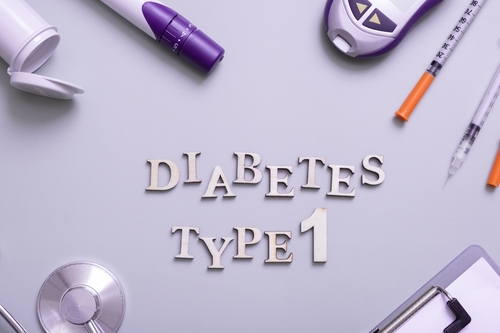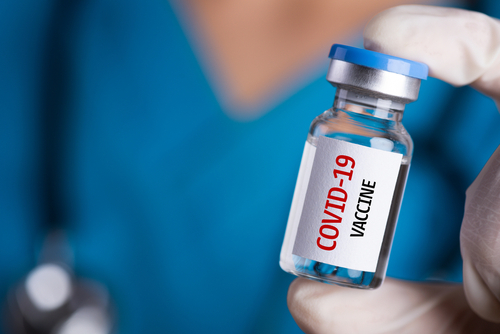
ICU Bed Occupancy During COVID-19 Linked to Increase in Excess Deaths
Stress to the health care system, as measured by intensive care unit (ICU) bed occupancy, is associated with increases in excess deaths two, four, and six weeks later, according to research published in the Nov. 19 issue of the U.S. Centers for Disease Control and Prevention Morbidity and Mortality Weekly Report.
To examine the impact of COVID-19 surges on hospital system operations and potential effects on other critical infrastructure sectors and national critical functions, Geoffrey French, from the U.S. Department of Homeland Security in Washington, D.C., and colleagues examined the correlation between hospital strain and excess deaths during July 4, 2020, to July 10, 2021. The study period included the months during which the severe acute respiratory syndrome coronavirus 2 delta variant became predominant.
Prior Bariatric Surgery May Protect Against Severe COVID-19 Outcomes
Bariatric surgery may protect against severe COVID-19 infection and death for patients with morbid obesity, according to a study published in the November issue of Surgery for Obesity and Related Diseases.
The researchers found that patients with a history of bariatric surgery were less likely to be admitted through the emergency department (unadjusted odds ratio [uOR], 0.39), were less likely to require a ventilator during the admission (uOR, 0.42), had a shorter length of stay in both the intensive care unit and overall (uOR, 0.44), and were less likely to be deceased at discharge versus the control group (uOR, 0.42).
NYU Study Finds a Significant Uptick in Telemedicine Use During Height of COVID-19
A new study revealed that telemedicine visits accounted for well over half of patient care at New York community health centers during spring 2020, the peak of the COVID-19 pandemic. The findings were published in the Journal of the American Board of Family Medicine. The study, led by researchers at NYU School of Global Public Health, sought to assess the role of telephone and video-based telemedicine in providing health care access.
To conduct this study, researchers tracked the use of telephone, video, and in-person visits across 36 New York community health centers from February to November 2020. They also interviewed 25 primary care, behavioral health, and pediatric providers from eight community health centers pertaining to their experience with telemedicine during the pandemic.
Unsurprisingly, the results showed that visits markedly increased during the first wave of COVID-19 across New York State. At the height of the pandemic (April 11- May 2, 2020), more than 60% of visits were conducted via telemedicine. Surprisingly, though video telemedicine visits are often viewed as the “golden standard” alternative to in-person visits, the study found that telephone visits accounted for a larger portion of telemedicine care than video visits. However, that gap narrowed over time as telemedicine visits began to taper off, accounting for less than 30% of visits by August 2020.







 © 2025 Mashup Media, LLC, a Formedics Property. All Rights Reserved.
© 2025 Mashup Media, LLC, a Formedics Property. All Rights Reserved.